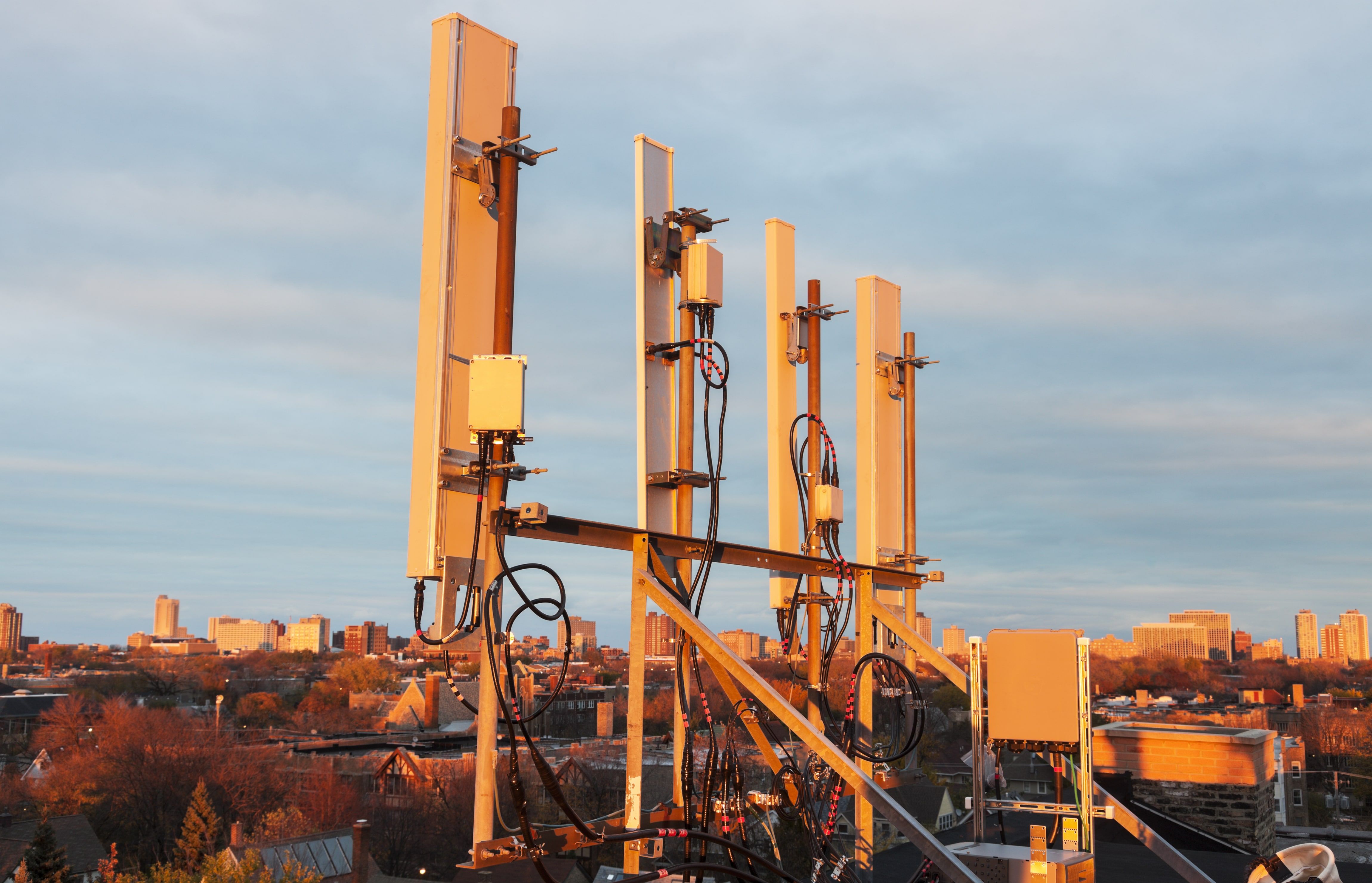The telecom industry is entering an increasingly complex and competitive environment. There is a rise in mobile traffic and a growing demand for data. Researchers estimate there will be over 20 billion devices online by 2020. Smartphones, laptops, and tablets are just the beginning. Cities are becoming smart and cars are going to be autonomous.
The industry’s answer is network densification. As a result, the number of projects and assets to manage is growing exponentially and will continue to do so.
What is Network Densification?
Network densification one of the most powerful forces that will be shaping mobile networks over the next decade. Domestic carriers have installed thousands of small cells to bring their network hubs closer to the end-user. The race to 5G is on. High-band spectrum will require dense networks to support coverage, capacity, and latency to achieve the potential of connected technologies.
Network densification brings great promise but the mountain the industry has to climb is equally great. Some deployments of telecom infrastructure will include 150 small cells per kilometer. This is going to lead to the number of cell sites in the US to rise to over an estimated 450,000 in 2025. The execution of these large-scale telecom deployments is going to fall on the shoulders of the industry’s project managers.
What it means for project managers
The reality is project managers must deploy more assets and close more projects with fewer resources. Project Managers are the owners of the full project lifecycle and there are a lot of projects to be done. It is going to take leaders to get these projects done. Project Managers are leaders and leaders need to communicate. Without communication, these hundreds of thousands of telecom infrastructure projects are not going to be executed properly.
Project Managers are not going to be able to lead and communicate with their teams using spreadsheets and other insufficient tools. Projects and teams need to be managed in real time.
The project management solution for network densification
The solution is visibility into a high volume of dispersed projects and teams. One of the most efficient ways to do that is with the industry-leading project management mobile app, Sitetracker Mobile. Mobility is an essential component of telecom project management. A project management mobile app ensures project managers and their teams have remote access and can collaborate in real time.
Streamline workflows
- Easily upload records with photos, videos, and comments and guide mobile teams with checklists.
- Eliminate manual double entry by directly submit information through the project management mobile app.
Enhance productivity
- Easily access site and project data when and where it is needed. Even when you don’t have a signal, make your edits offline and, whenever your device reconnects, your updates will be synchronized.
- View recent records and favorite important projects. Identify and quickly access important relevant records through favorites.
Strengthen collaboration
- Connect mobile workers with project managers by giving everyone access to a single source of truth for sites and projects.
- Decrease turnaround times by identifying issues and clarify action in real time instead of waiting until the end of the day or week.
There is a lot of work ahead for the telecom industry with thousands of infrastructure deployments and installations that must be managed. Demo the industry-leading project and asset solution that empowers project managers and allows them to standardize and automate their processes.
